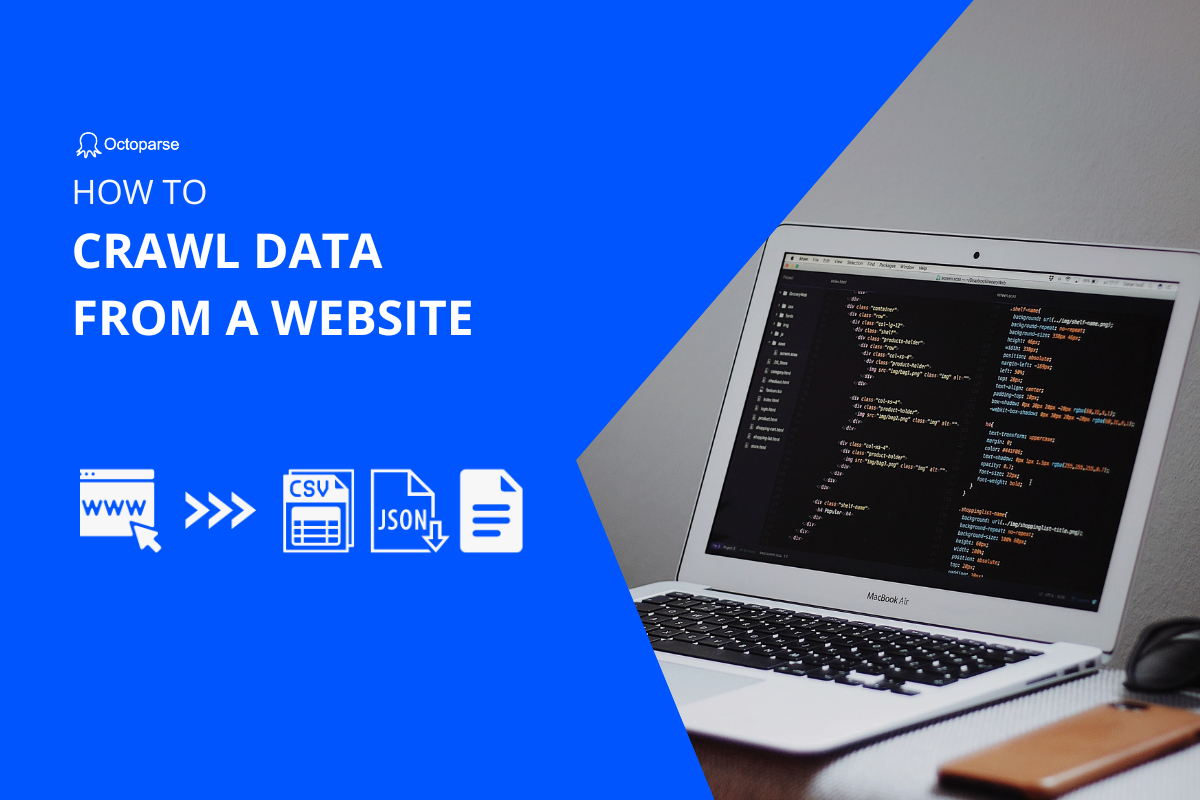
Understanding the Digital Landscape of Data Extraction
In the rapidly evolving digital ecosystem, web crawling has transformed from a niche technical skill to a critical business intelligence methodology. As organizations increasingly rely on data-driven decision-making, the ability to efficiently extract and analyze web information has become paramount.
The Evolution of Web Crawling
Web crawling originated in the early days of the internet as search engines sought to index and categorize online content. What began as a simple mechanism for discovering web pages has now emerged as a sophisticated discipline combining advanced programming, machine learning, and strategic data extraction techniques.
Technical Foundations of Web Crawling
Web crawling represents a complex interaction between software algorithms and digital infrastructure. At its core, a web crawler functions as an intelligent digital explorer, systematically navigating through interconnected web pages, identifying relevant information, and extracting structured data.
Core Components of a Web Crawler
A sophisticated web crawler comprises several intricate components working in harmonious synchronization:
URL Frontier Management: Maintains a dynamic queue of URLs to be explored, ensuring systematic and efficient website traversal.
HTML Parsing Engine: Deconstructs web page structures, identifying and extracting specific data elements with precision.
Data Storage Mechanism: Implements robust storage solutions for captured information, supporting various formats and scalability requirements.
Request Optimization Module: Manages network interactions, implementing intelligent strategies to minimize server load and prevent blocking.
Methodological Approaches to Web Crawling
Programmatic Extraction Strategies
When approaching web crawling, professionals typically employ three primary methodological frameworks:
1. Direct Programmatic Crawling
Implementing custom-built crawlers using programming languages like Python offers maximum flexibility and control. Libraries such as BeautifulSoup, Scrapy, and Selenium provide powerful tools for creating sophisticated extraction scripts.
import requests
from bs4 import BeautifulSoup
class WebCrawler:
def __init__(self, base_url):
self.base_url = base_url
self.visited_urls = set()
def crawl(self, url):
# Advanced crawling logic implementation
response = requests.get(url)
soup = BeautifulSoup(response.text, ‘html.parser‘)
# Extraction and processing logic2. API-Based Data Retrieval
Many modern websites offer structured API endpoints, providing a sanctioned method for data extraction. This approach ensures compliance and offers more reliable, consistent data access.
3. Specialized Crawling Tools
Platforms like Octoparse, ParseHub, and Mozenda provide user-friendly interfaces for non-technical professionals to perform complex web data extraction tasks.
Advanced Extraction Techniques
Handling Complex Web Environments
Modern web crawling demands sophisticated strategies to navigate increasingly complex digital landscapes:
JavaScript-Rendered Content Management
Single-page applications and dynamically loaded content require advanced rendering techniques. Tools like Selenium WebDriver enable interaction with JavaScript-heavy websites, executing scripts and capturing dynamically generated content.
Proxy and IP Rotation Strategies
To mitigate blocking and maintain extraction continuity, implement intelligent proxy rotation mechanisms:
[Proxy_Rotation_Efficiency = f(IP_Diversity, Request_Frequency, Geographical_Distribution)]Legal and Ethical Considerations
Responsible web crawling demands strict adherence to legal and ethical frameworks:
Key Compliance Principles
- Respect website
robots.txtguidelines - Obtain explicit permissions when required
- Avoid excessive server load
- Protect individual privacy
- Maintain transparent data usage practices
Performance Optimization Strategies
Scalable Crawling Architecture
Implement distributed crawling frameworks that support:
- Concurrent processing
- Fault-tolerant design
- Incremental data storage
- Adaptive rate limiting
Emerging Trends in Web Crawling (2024-2025)
The future of web crawling promises exciting technological advancements:
- AI-powered extraction algorithms
- Machine learning-enhanced parsing
- Blockchain-verified data provenance
- Enhanced privacy-preserving techniques
Practical Implementation Guide
Step-by-Step Crawling Process
- Requirement Analysis: Define specific data extraction objectives
- Tool Selection: Choose appropriate crawling methodology
- Infrastructure Setup: Configure development environment
- Script Development: Create extraction algorithms
- Testing and Validation: Ensure data accuracy and reliability
- Deployment: Implement production-ready crawling solution
Conclusion: Navigating the Digital Data Frontier
Web crawling represents a dynamic intersection of technology, data science, and digital intelligence. By mastering diverse methodologies, understanding technical nuances, and maintaining ethical standards, professionals can unlock unprecedented insights from the digital landscape.
Final Recommendations
- Continuously update technical skills
- Invest in robust infrastructure
- Prioritize ethical data extraction
- Embrace emerging technologies
- Maintain a learning-oriented approach










